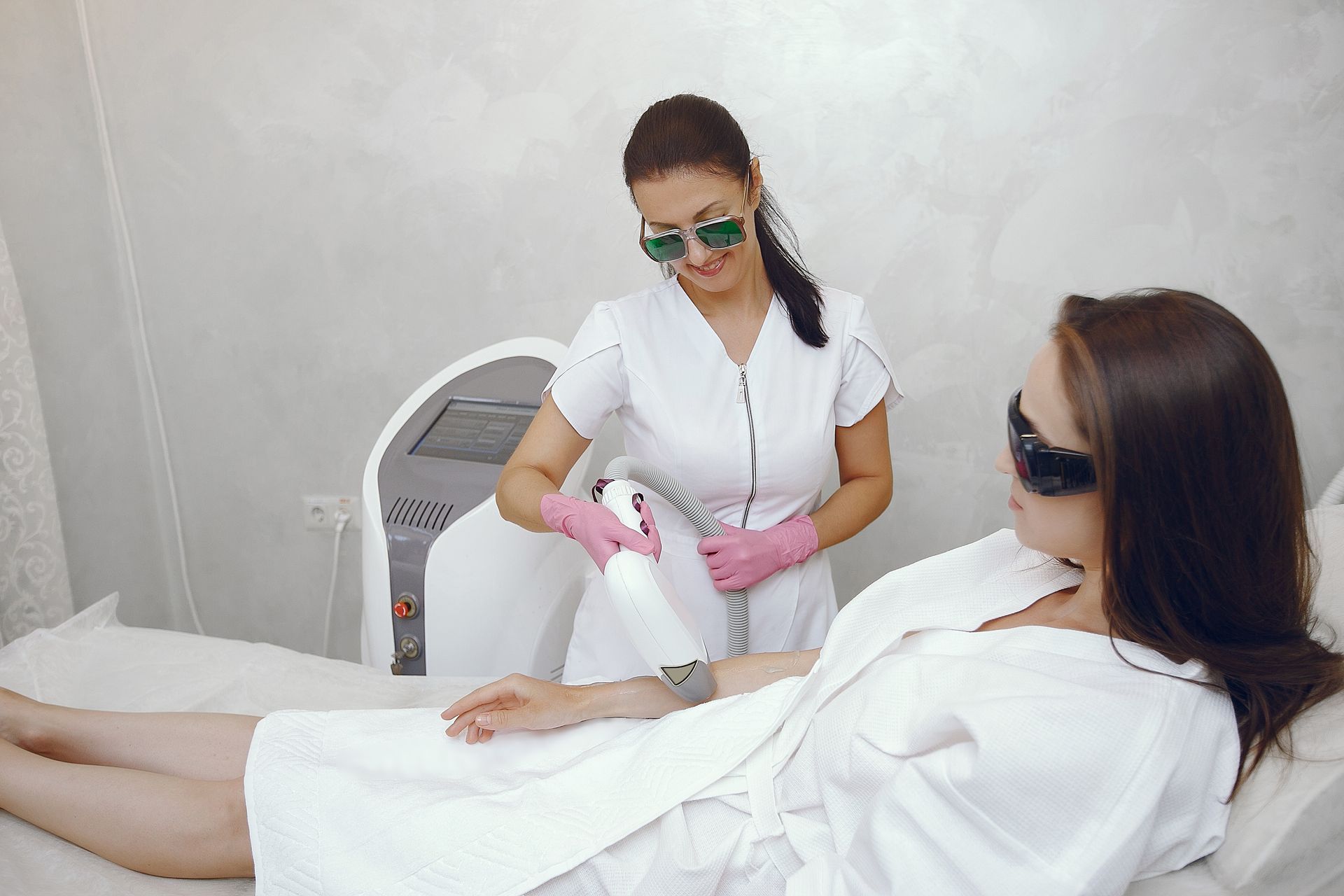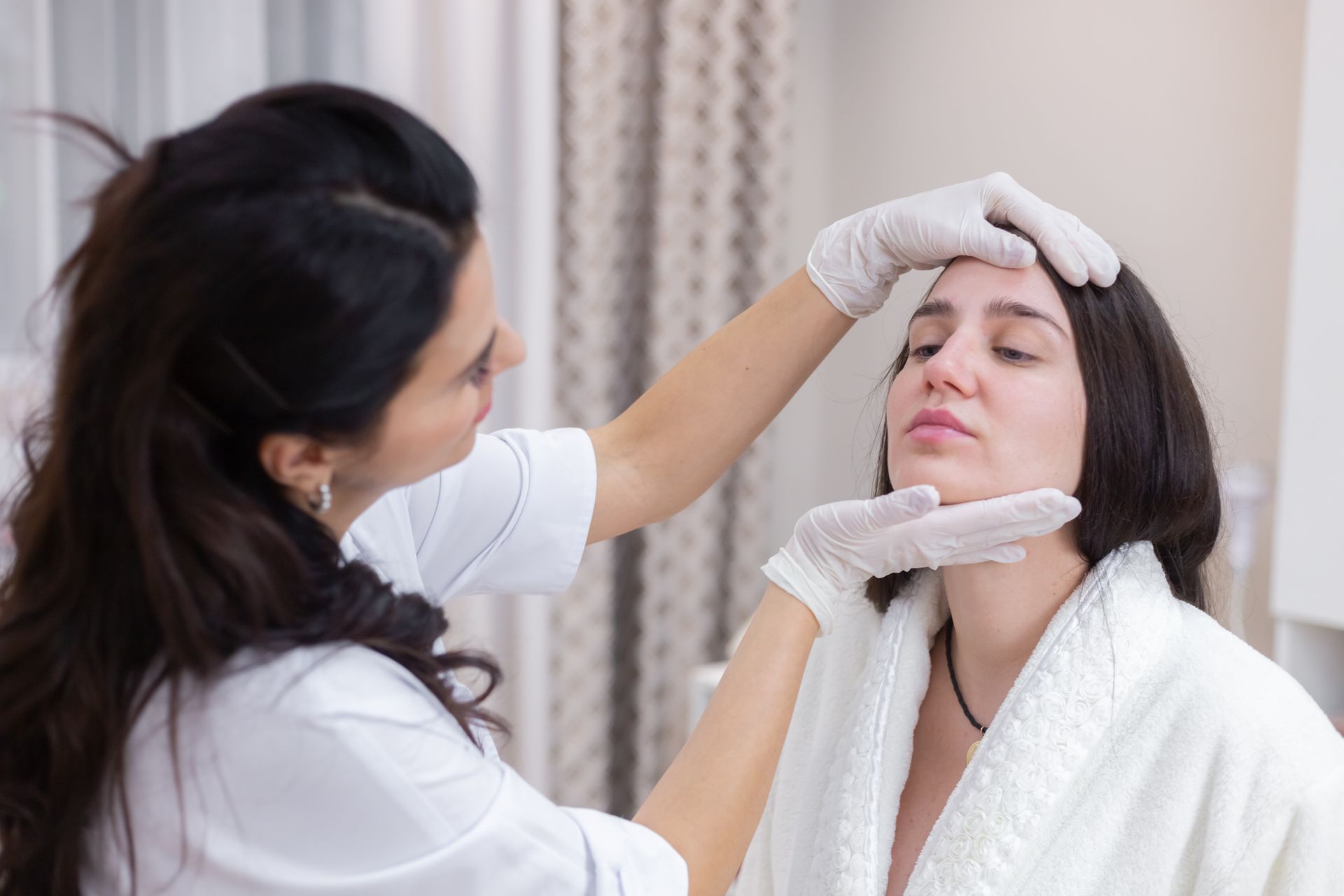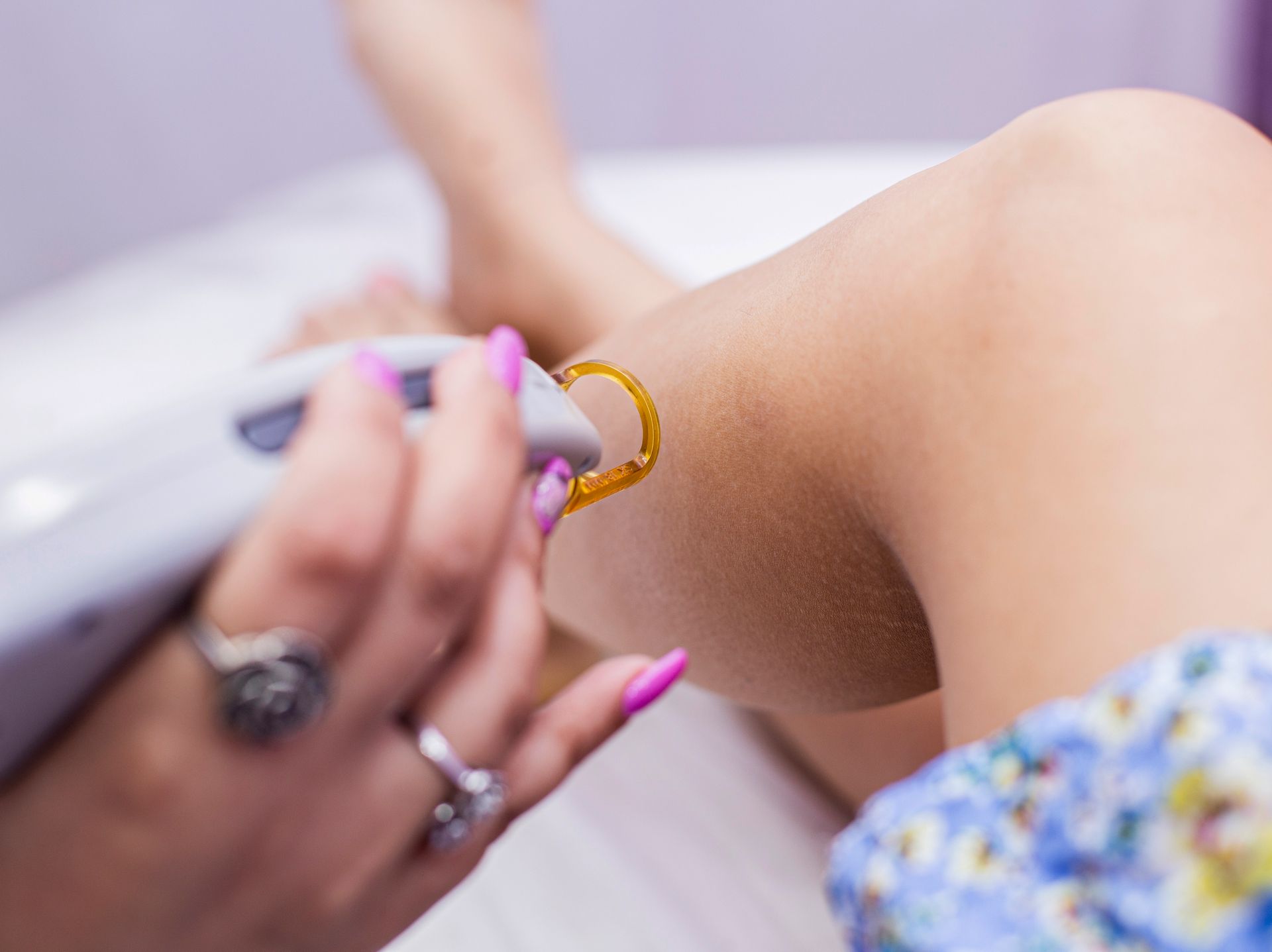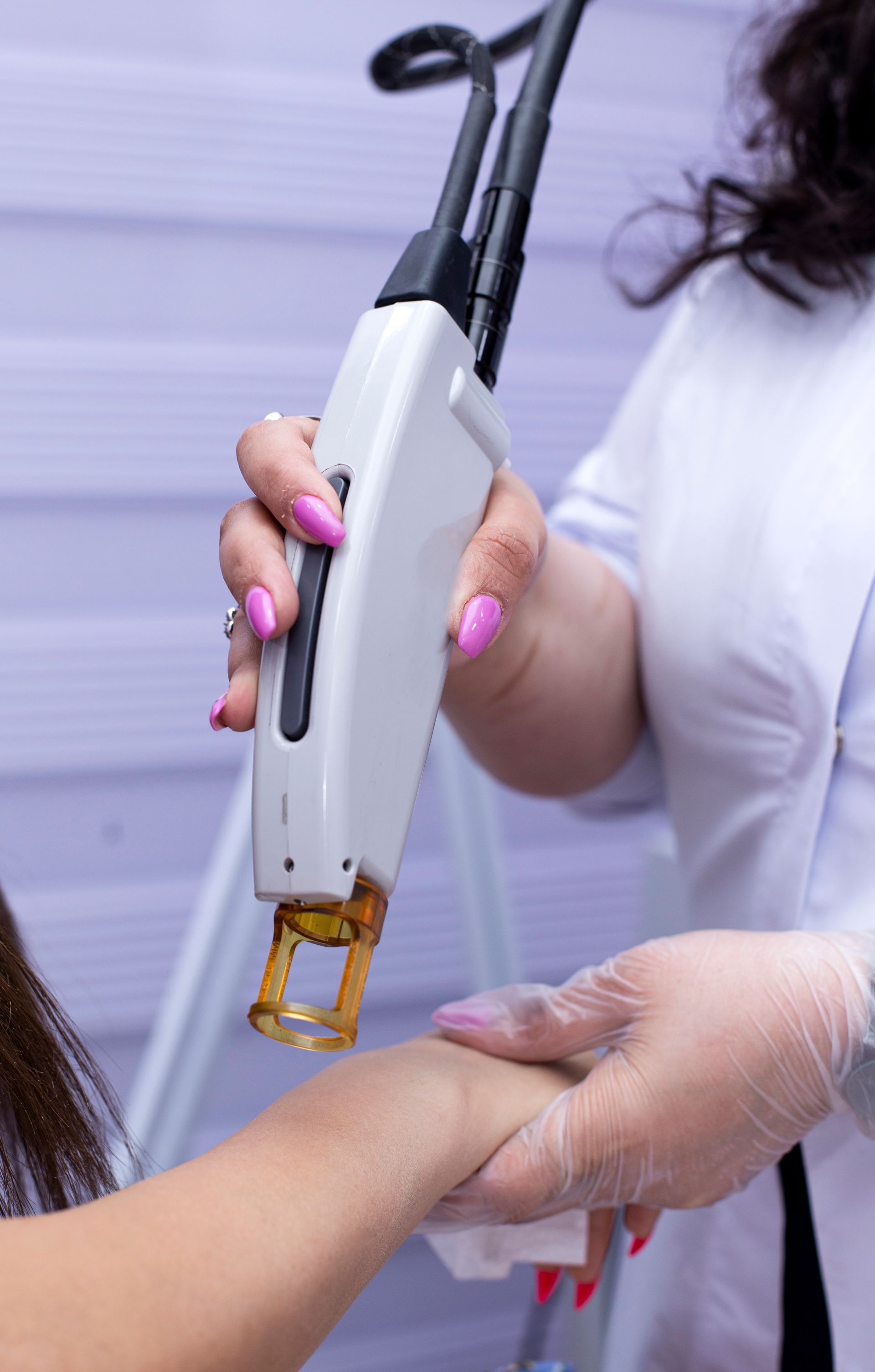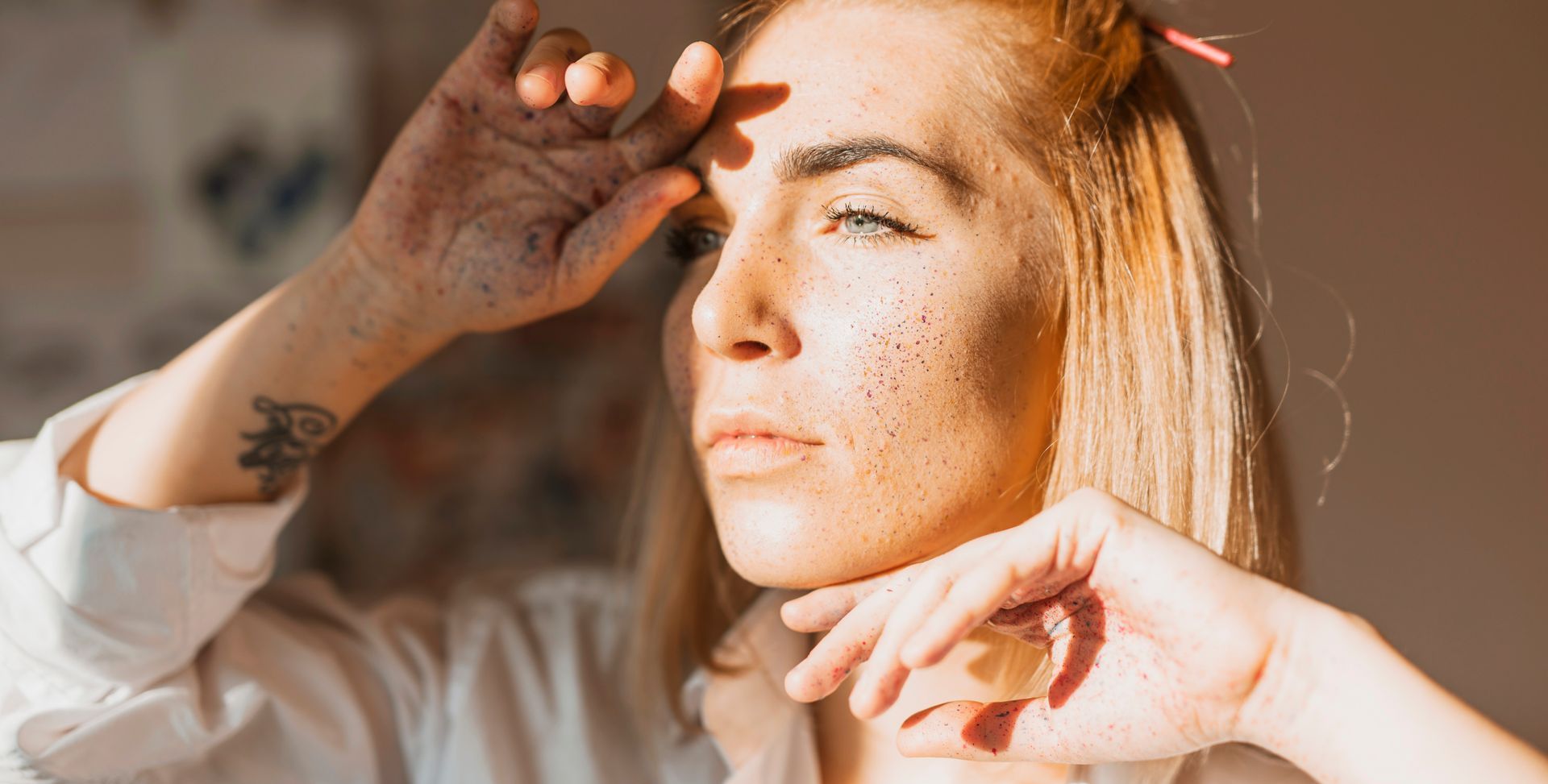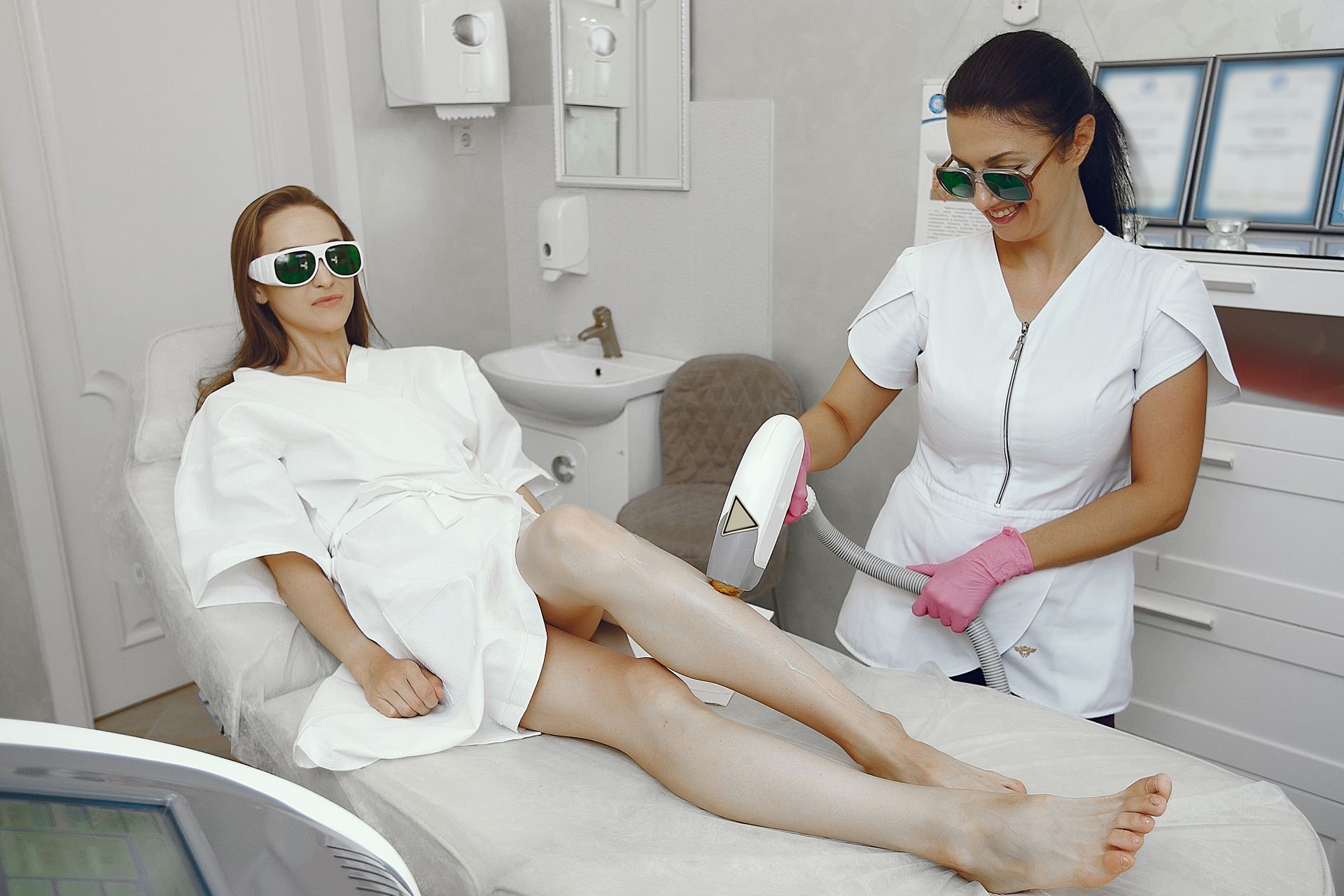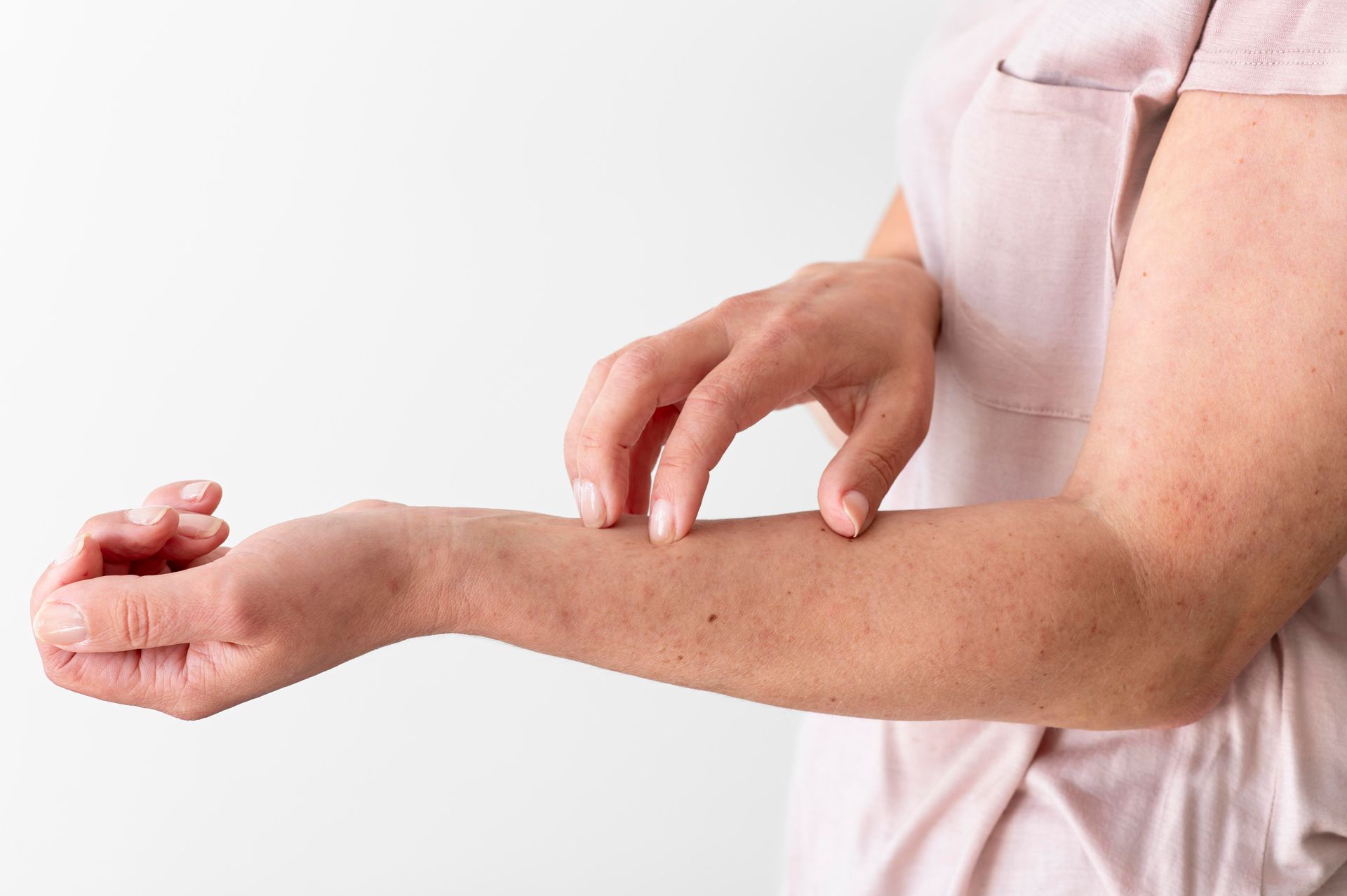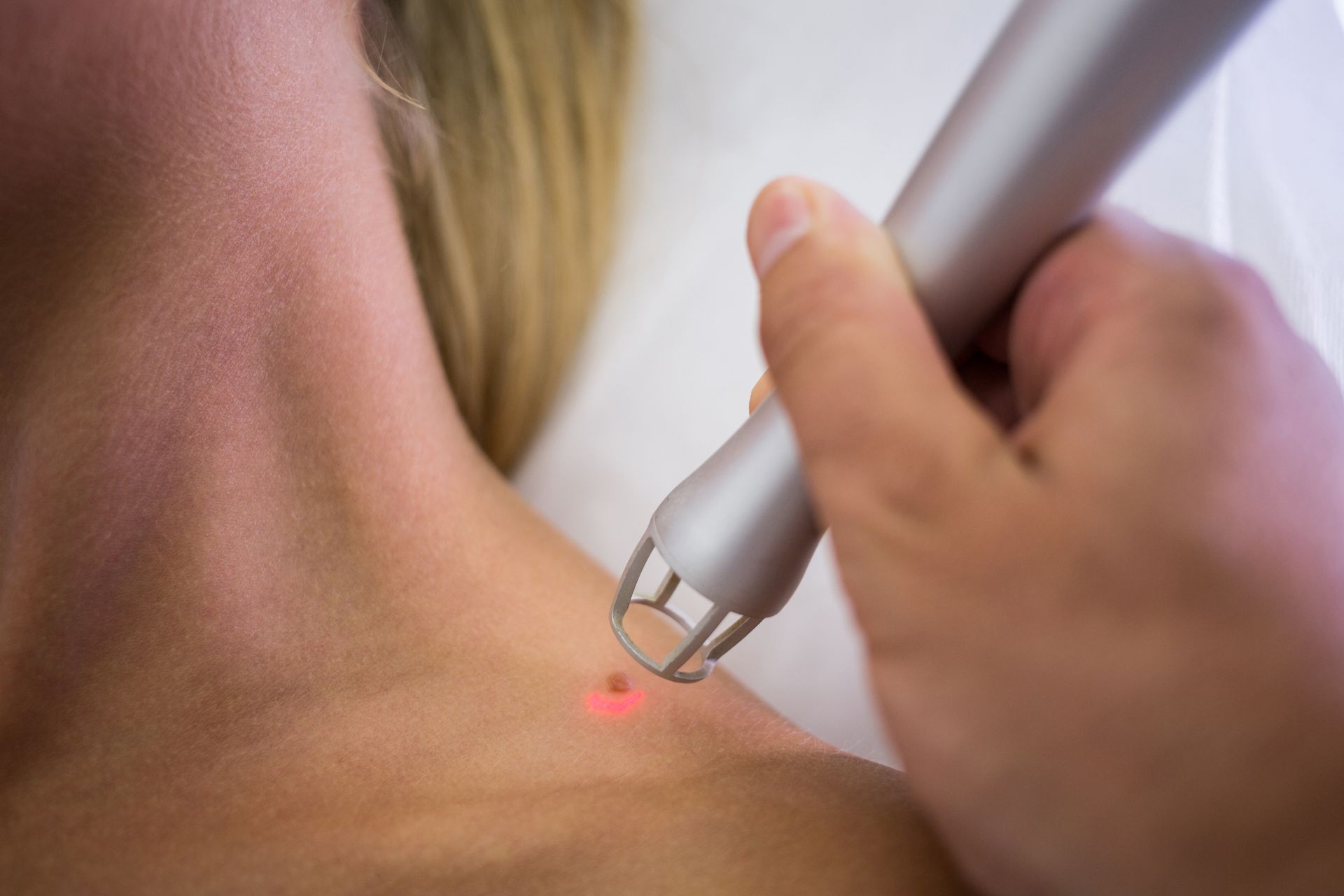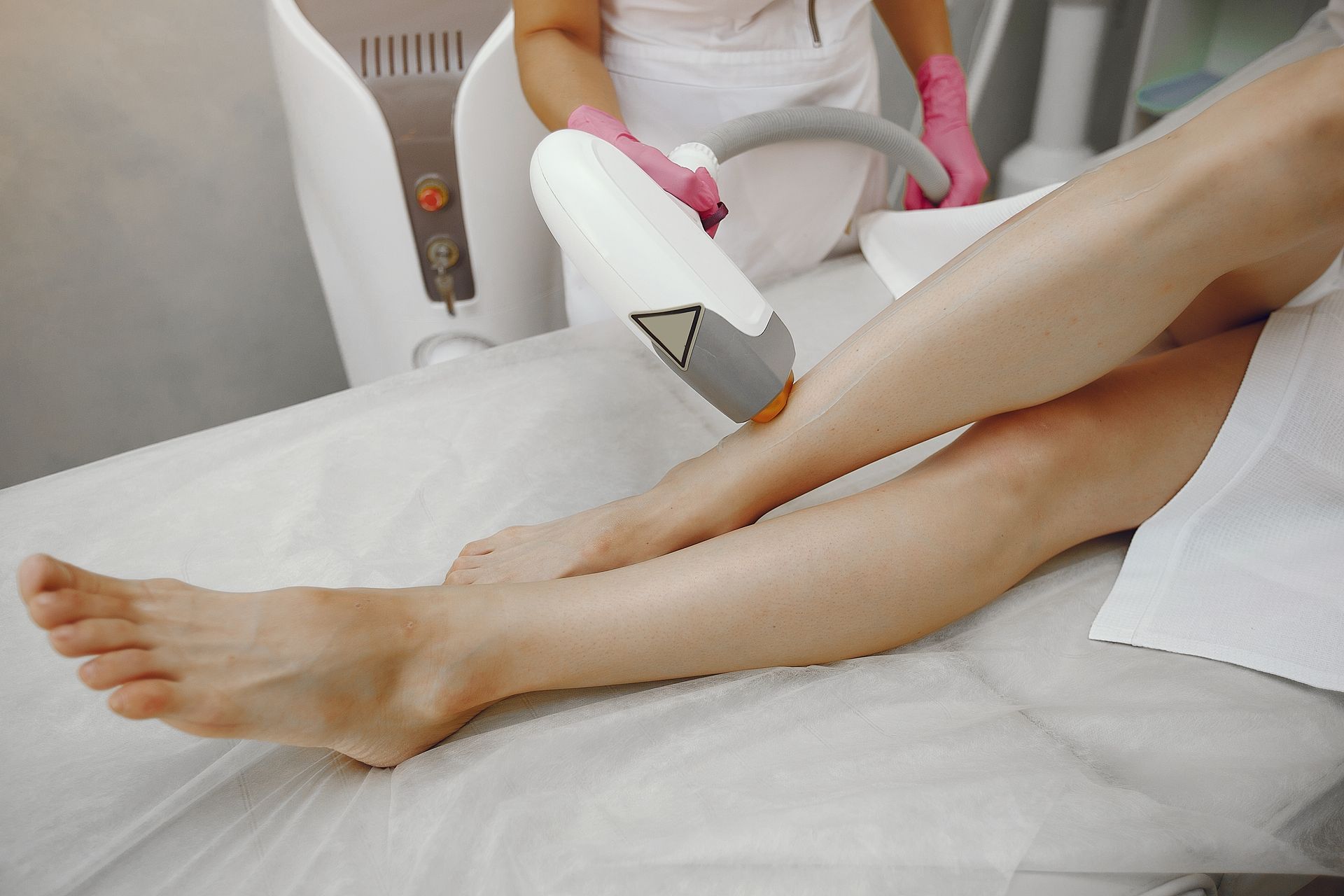Is Bikini Laser Hair Removal Safe for Sensitive Skin?
Bikini laser hair removal has become one of the most sought-after treatments for people who want smooth, hair-free skin without the constant hassle of shaving, waxing, or depilatory creams. But if you have sensitive skin, you might wonder whether the procedure is safe, effective, and worth the risk. The good news is that laser technology has advanced significantly, making it safer than ever — even for delicate areas like the bikini line. However, it’s essential to understand how it works, what to expect, and how to minimize potential irritation.
This in-depth guide explores everything you need to know about bikini laser hair removal for sensitive skin, busting common myths along the way and giving you dermatologist-approved insights.
Can You Shave Between Bikini Laser Hair Removal Sessions?
How Bikini Laser Hair Removal Works
Laser hair removal uses concentrated light energy to target the pigment (melanin) in hair follicles. The laser heats and damages the follicle to slow or stop future growth. Since the bikini area has denser and coarser hair, practitioners typically use a specific wavelength and setting designed for thicker growth.
For sensitive skin, clinics often choose advanced diode or Alexandrite lasers with built-in cooling systems to reduce discomfort and protect the surrounding skin from burns or excessive irritation.
Is It Safe for Sensitive Skin?
Yes — when performed by a trained professional using the right technology, bikini laser hair removal is generally safe even for sensitive skin. Dermatologists emphasize that the key lies in customizing the laser settings based on your skin type, tone, and hair density.
People with sensitive skin may experience slightly more redness, warmth, or swelling immediately after treatment, but these side effects are temporary and usually subside within a few hours to a couple of days. Choosing a reputable clinic that uses FDA-approved devices and has experienced technicians significantly reduces risks.
Common Side Effects and How to Manage Them
While the procedure is safe, sensitive skin can sometimes react more strongly. The most common side effects include:
- Mild redness or swelling in the treated area
- A slight tingling or warm sensation
- Temporary darkening or lightening of the skin (rare)
- Mild irritation or dryness
How to manage them:
- Apply a soothing aloe vera gel or dermatologist-approved post-laser cream.
- Avoid hot showers, saunas, or swimming pools for at least 24–48 hours.
- Keep the area clean and moisturized but skip scented products or harsh exfoliants.
How to Prepare for Your First Bikini Laser Hair Removal Session
Myths About Bikini Laser Hair Removal for Sensitive Skin
Myth 1: Laser hair removal burns sensitive skin.
Modern devices are designed with advanced cooling systems that protect your skin and minimize discomfort, making burns extremely rare when done by professionals.
Myth 2: People with sensitive skin shouldn’t get bikini laser treatments.
This isn’t true. Sensitive skin can absolutely undergo laser treatment; it just requires a more tailored approach and proper aftercare.
Myth 3: The results won’t last if you have sensitive skin.
Skin sensitivity doesn’t impact the effectiveness of the laser. As long as you complete the recommended number of sessions, you can expect long-lasting results.
How to Prepare for Bikini Laser Hair Removal with Sensitive Skin
Preparation is especially important if you have sensitive skin:
- Shave the treatment area 24 hours before your appointment; avoid waxing or plucking.
- Skip tanning, self-tanners, or prolonged sun exposure for at least two weeks.
- Avoid using active skincare ingredients like retinoids or glycolic acid near the bikini area.
- Inform your technician if you have any skin conditions or are taking medication that affects sensitivity.
Aftercare Tips to Protect Sensitive Skin
Your skin will be more delicate post-treatment, so following aftercare guidelines is crucial:
- Use fragrance-free moisturizers and soothing gels.
- Wear loose, breathable clothing to avoid friction.
- Avoid workouts, hot tubs, and activities that cause sweating for 24–48 hours.
- Apply sunscreen if the treated area will be exposed to sunlight.
Who Should Avoid Bikini Laser Hair Removal
While it’s generally safe, some situations require caution:
- People with active skin infections or open wounds
- Those using photosensitive medications
- Pregnant or breastfeeding women (most clinics recommend waiting)
- Individuals with uncontrolled skin conditions like eczema or psoriasis
Final Thoughts
Bikini laser hair removal is safe for sensitive skin when performed by qualified professionals using the right technology. While you may experience mild redness or irritation, these effects are temporary and manageable with proper aftercare. The key is to choose an experienced clinic, prepare adequately, and follow all post-treatment instructions.
With the right approach, even those with the most delicate skin can enjoy smooth, hair-free results without the hassle of constant shaving or waxing.
BOOK YOUR FREE SESSION
